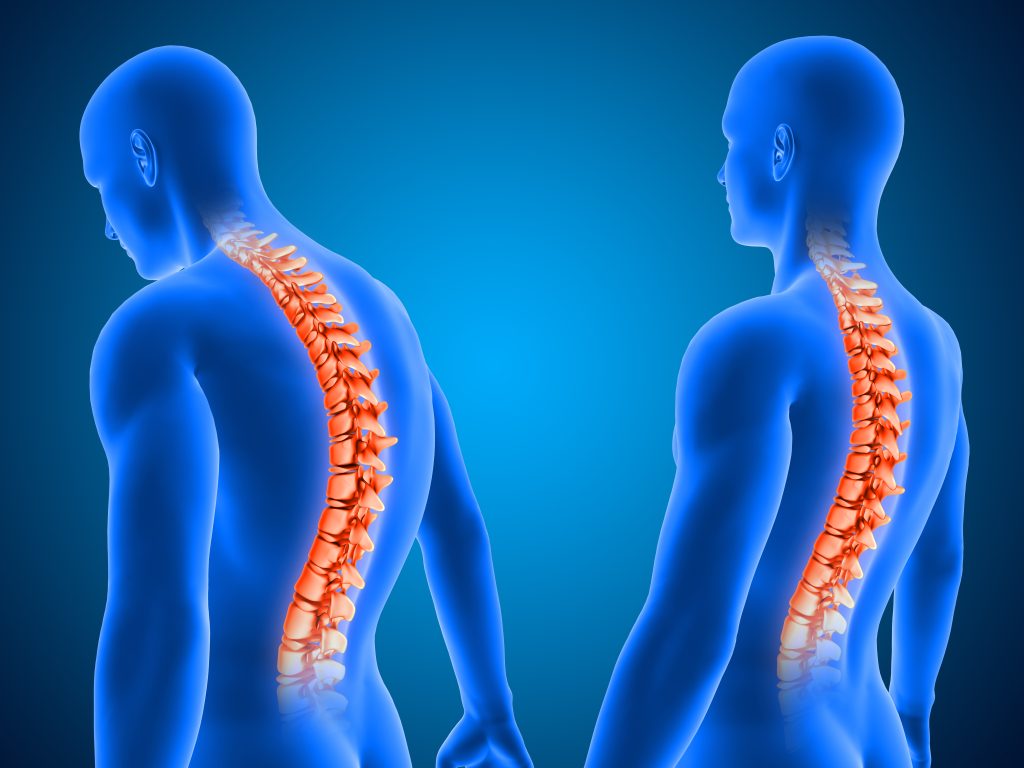Posture Correction: Tips and Exercises for a Healthy Spine

Hello, I’m Dr. Sanket Dube, and today I want to talk about something that affects us all: posture. In our modern, tech-driven world, poor posture has become increasingly common, leading to a range of health issues, including back and neck pain. Good posture is crucial for maintaining a healthy spine and overall well-being. Let’s explore the importance of posture correction and share some tips and exercises to help you achieve and maintain a healthy spine.
Why Posture Matters
Proper posture ensures that your body is aligned correctly, which reduces strain on your muscles, ligaments, and spine. When your body is in alignment, it can function more efficiently, reducing the risk of pain and injury. Poor posture, on the other hand, can lead to:
Chronic Back and Neck Pain: Misalignment puts extra pressure on the spine and surrounding muscles.
Reduced Mobility and Flexibility: Improper posture can lead to stiffness and decreased range of motion.
Muscle Imbalances: Over time, poor posture can cause certain muscles to become overworked while others weaken.
Respiratory Issues: Slouching can restrict lung function, making it harder to breathe deeply.
Tips for Correcting Posture
The first step to correcting posture is being aware of it. Check your posture regularly throughout the day and make adjustments as needed.
Proper Desk Setup:
Ensure your computer screen is at eye level, your chair supports your lower back, and your feet are flat on the floor. Use an ergonomic chair if possible.
Move Around:
Avoid sitting or standing in one position for too long. Take breaks to move around, stretch, and change your posture.
Use Supportive Footwear:
Wear shoes that provide good arch support and avoid high heels, which can alter your posture and alignment.
Strengthen Core Muscles:
A strong core helps support your spine and maintain proper posture. Incorporate core-strengthening exercises into your routine.
Exercises for a Healthy Spine
1. Chin Tucks
How to Do It: – Sit or stand up straight. Tuck your chin towards your chest without tilting your head forward. Hold for 5 seconds, then release. Repeat 10 times.
Benefits: – Strengthens neck muscles and helps correct forward head posture.
2. Shoulder Blade Squeeze
How to Do It: – Sit or stand with your back straight. Squeeze your shoulder blades together and hold for 5 seconds. Release and repeat 10 times.
Benefits: – Strengthens upper back muscles and improves shoulder alignment.
3. Cat-Cow Stretch
How to Do It: – Start on your hands and knees. Inhale and arch your back (cow pose), then exhale and round your spine (cat pose). Repeat for 10 cycles.
Benefits: – Increases spinal flexibility and relieves tension.
4. Wall Angels
How to Do It: – Stand with your back against a wall, feet about six inches away from the wall. Raise your arms to form a “W” shape with your elbows bent. Slowly slide your arms up to form a “Y” shape, then return to the “W” position. Repeat 10 times.
Benefits: – Improves shoulder mobility and upper back strength.
5. Bridge Exercise
How to Do It: – Lie on your back with your knees bent and feet flat on the floor. Lift your hips towards the ceiling, hold for a few seconds, then lower back down. Repeat 10-15 times.
Benefits: – Strengthens lower back, glutes, and core muscles.
Note – Maintaining Good Posture Throughout the Day
1. While Sitting – Keep your back straight, shoulders relaxed, and feet flat on the floor. Use a chair with good lumbar support.
2. While Standing – Distribute your weight evenly on both feet, keep your knees slightly bent, and align your ears with your shoulders.
3. While Sleeping – Use a supportive mattress and pillow. Sleep on your back or side, and avoid sleeping on your stomach as it can strain your neck and back.
Good posture is essential for a healthy spine and overall well-being. By being mindful of your posture, setting up an ergonomic workspace, taking regular breaks, and incorporating posture-correcting exercises into your routine, you can maintain proper alignment and reduce the risk of pain and injury.
Remember, posture correction is a continuous process. Small, consistent changes can lead to significant improvements in your posture and overall health. If you’re struggling with posture-related issues or chronic pain, consider seeking chiropractic care for personalized guidance and treatment.
Stay Healthy & Aligned,
Dr. Sanket Dube
